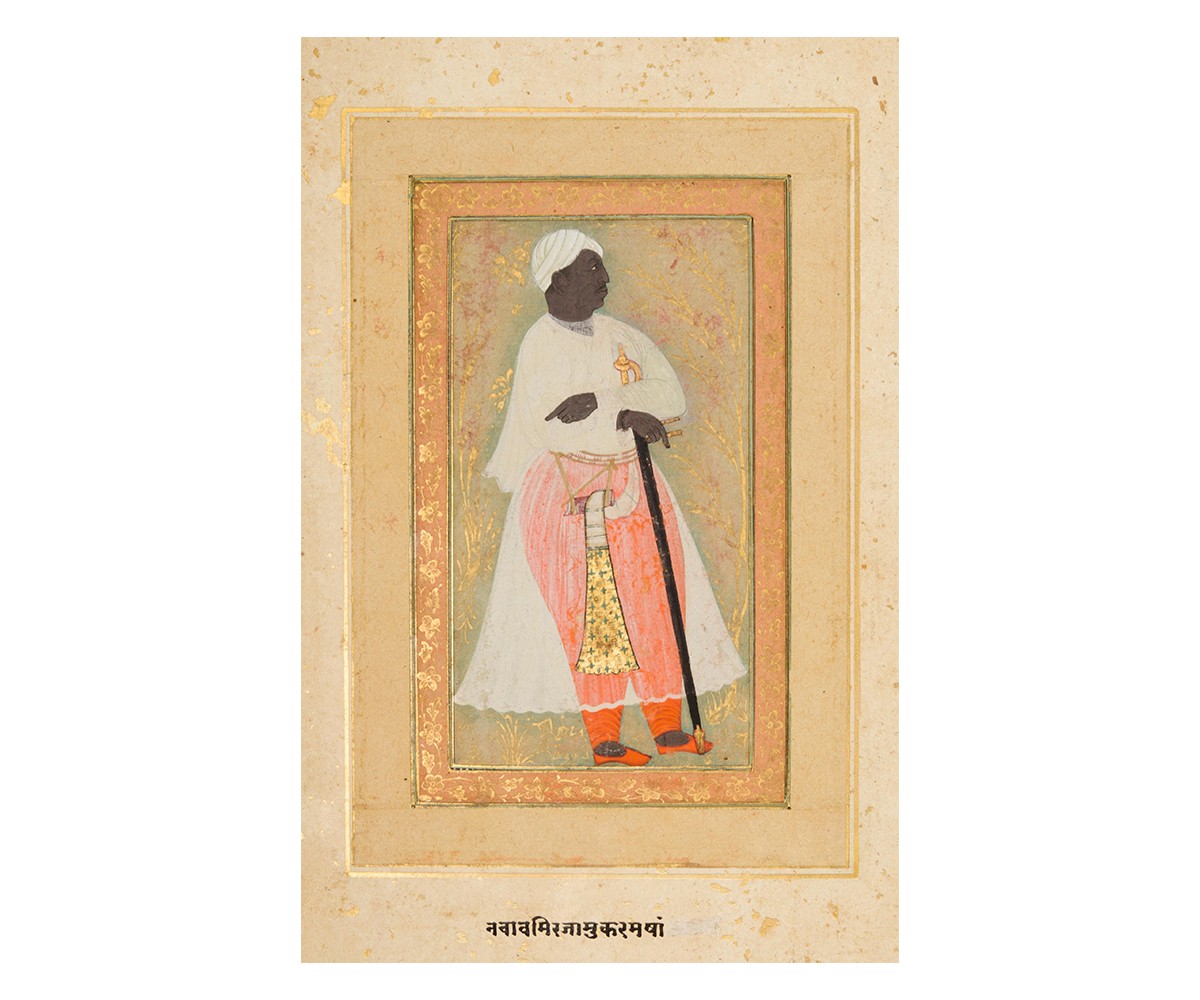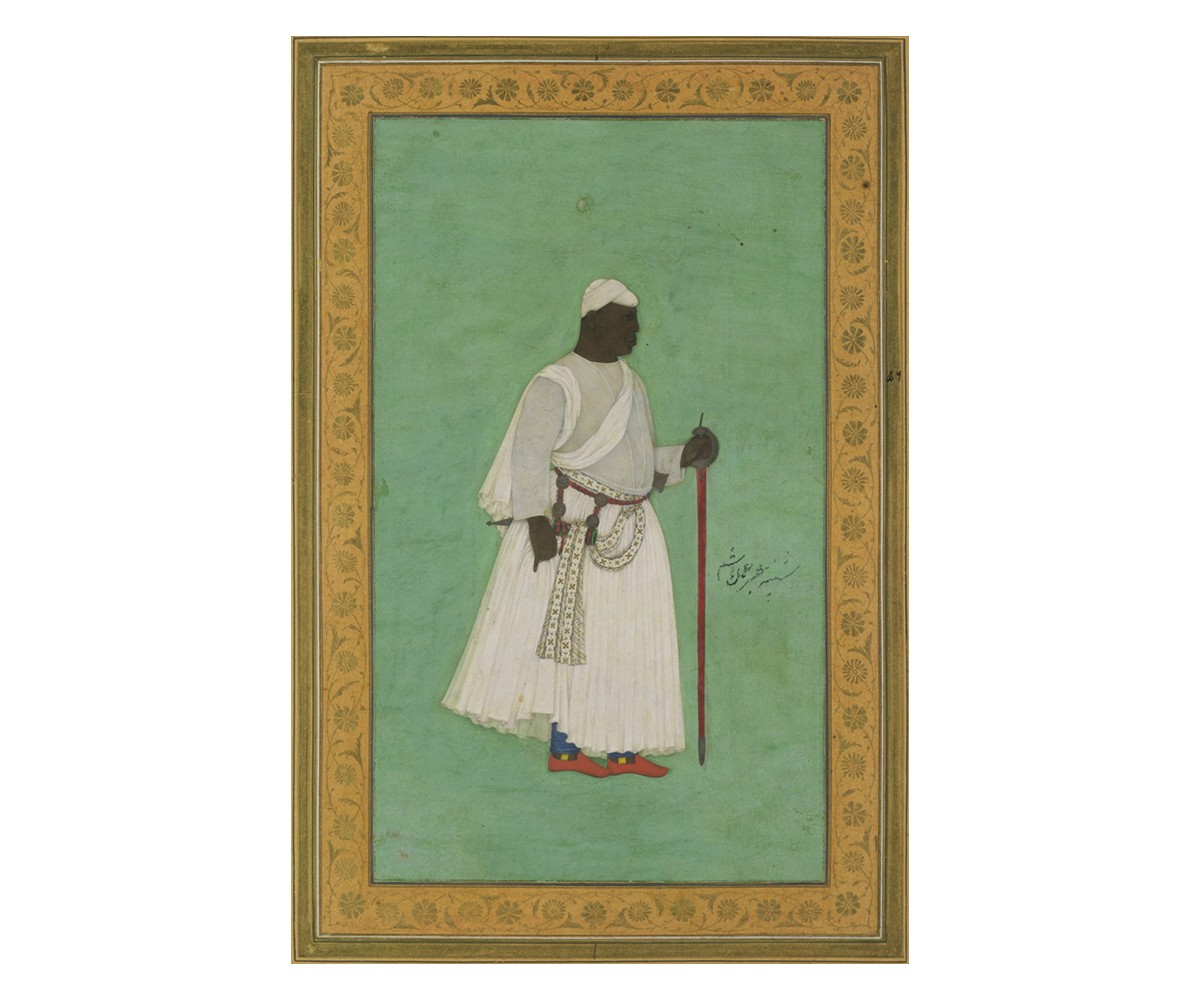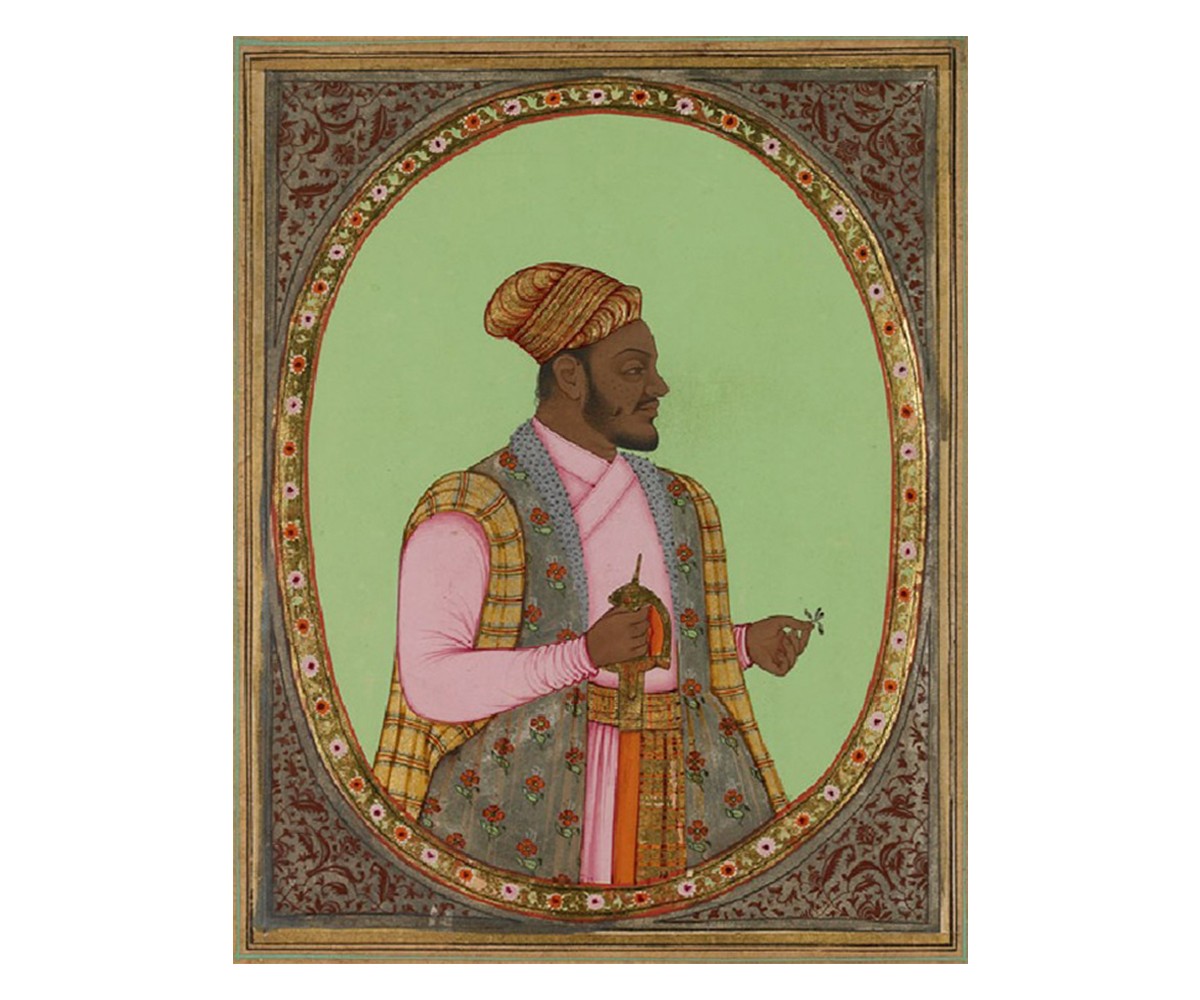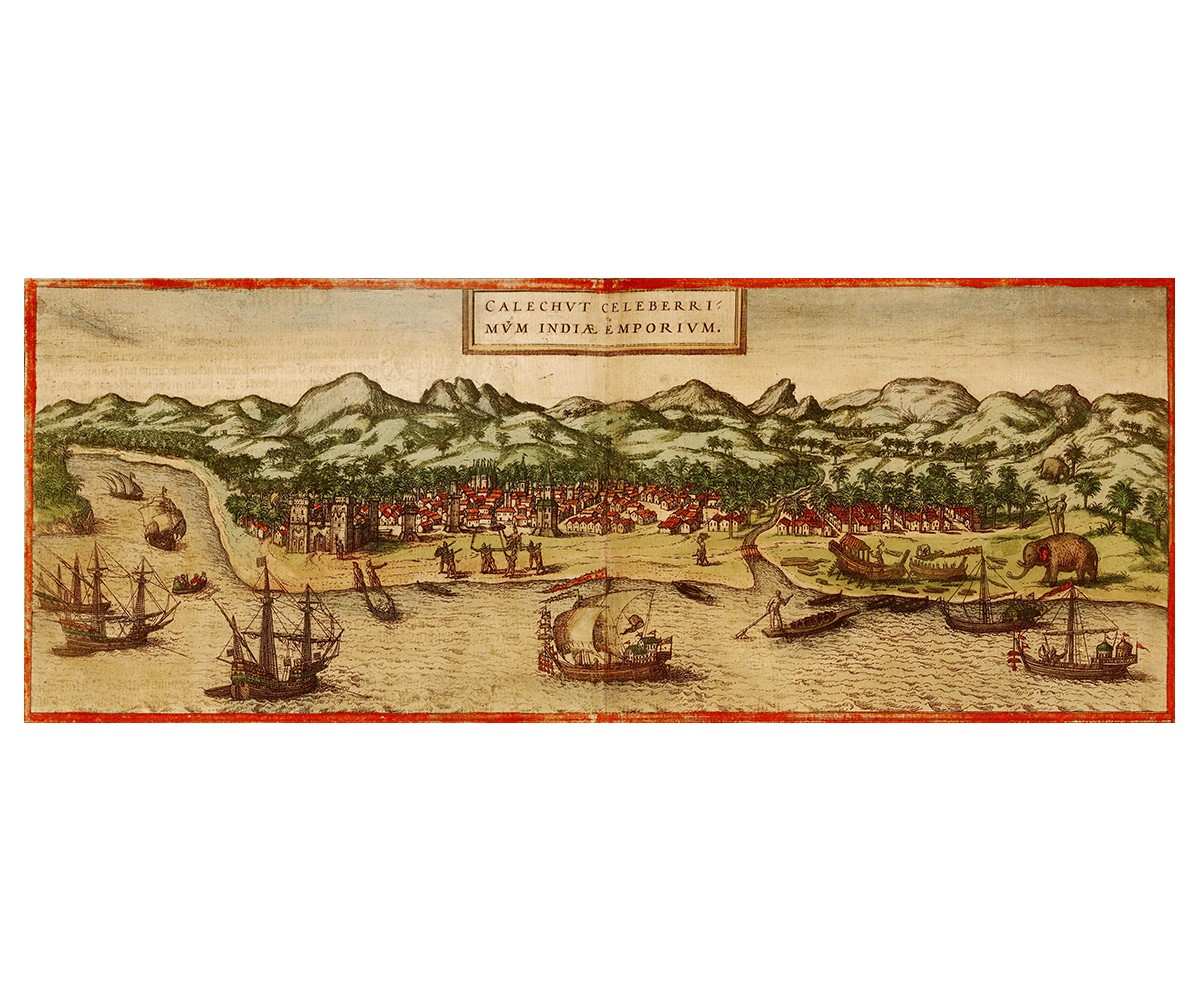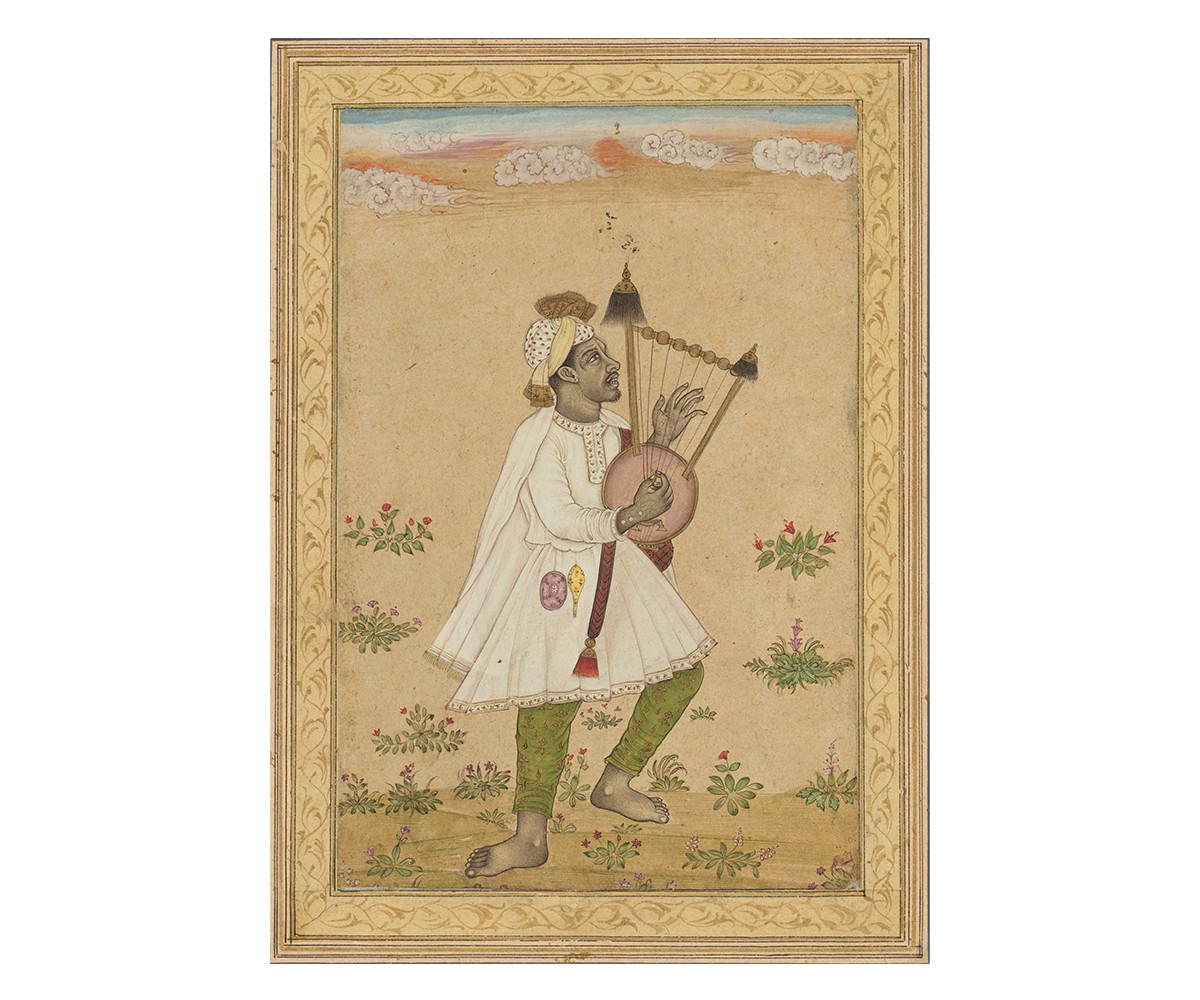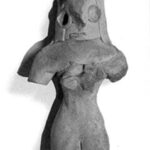African Trade with the Deccan
1550–1600
The expanding market for military labour in the subcontinent is served by the import of textiles and enslaved people from Africa, particularly present-day Ethiopia. However, in contrast to enslaved African people in the Americas, slave-soldiers in South Asia often rise to positions of influence and power.
These are not the only points of exchange in the historic Indian Ocean trade with Africa. Since the tenth century there are reports of African exports of ambergris, resin, tortoise shell and ivory to India and China. Where Africa exports gold and silver into South Asia, the latter is a key source for beads, which are socially and economically significant in Africa. Another key node of exchange in the Indian Ocean region is food and foodgrains — subsistence crops such as Asian rice and millets, and other crops such as sugarcane, bananas and taro — along with the movement of cattle species like the Zebu.
Bibliography
Bhatt, Purnima Mehta. The African Diaspora in India: Assimilation, Change and Cultural Survivals. Oxford: Routledge, 2018.
Eaton, Richard M. A Social History of the Deccan, 1300–1761 Eight Indian Lives. New York: Cambridge University Press, 2005.
UNESCO. Historical Relations Across the Indian Ocean. Paris: UNESCO, 1980.
Feedback 
This entry appears in
Art in South Asia
Visit Timeline
Associated Timeline Events
First Published: March 11, 2024
Last Updated: July 2, 2024



